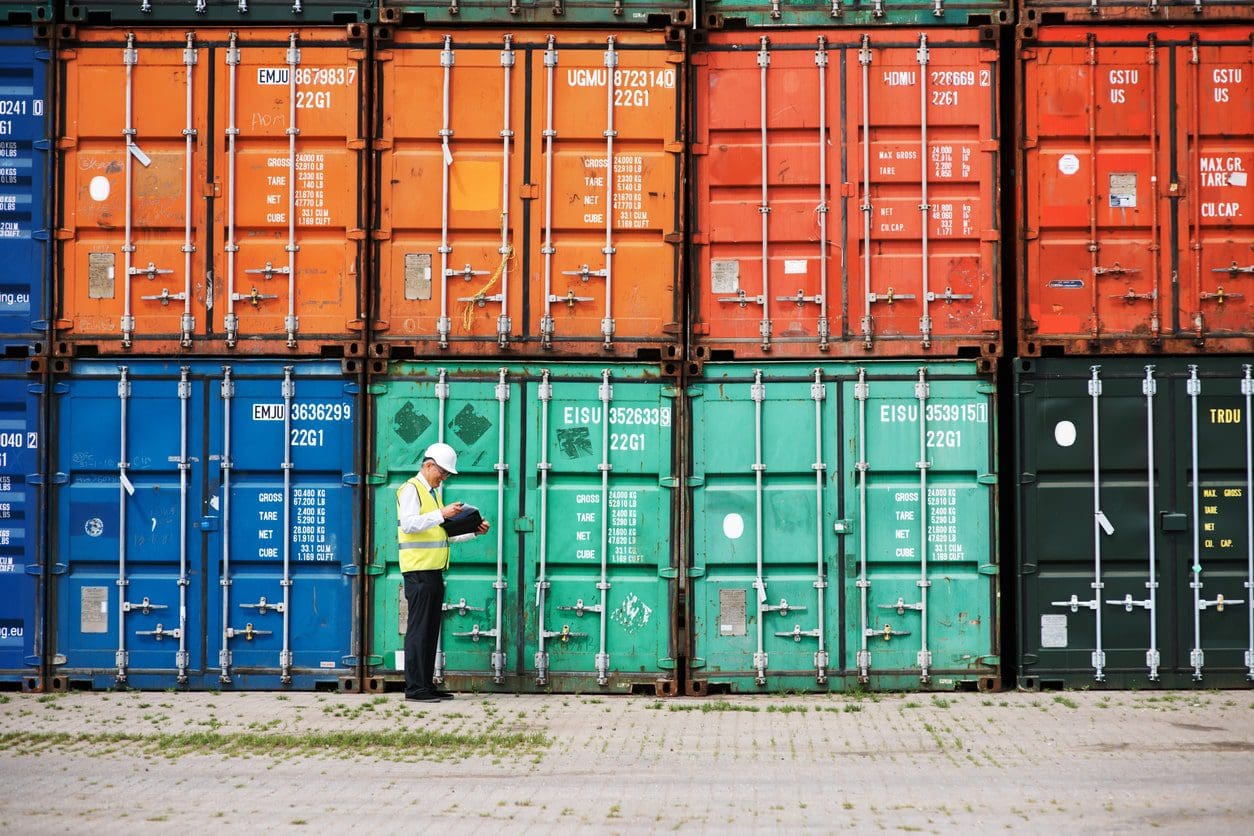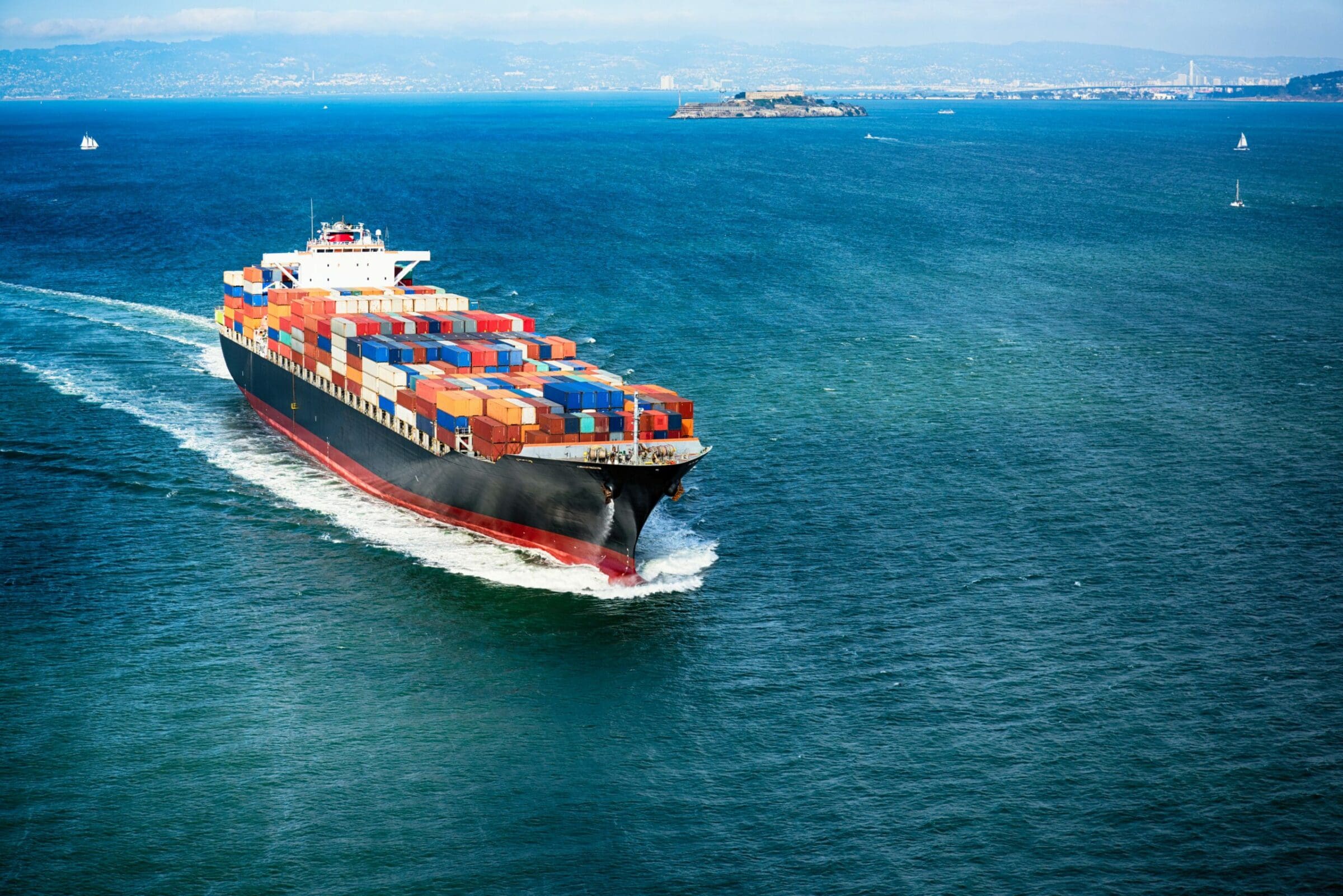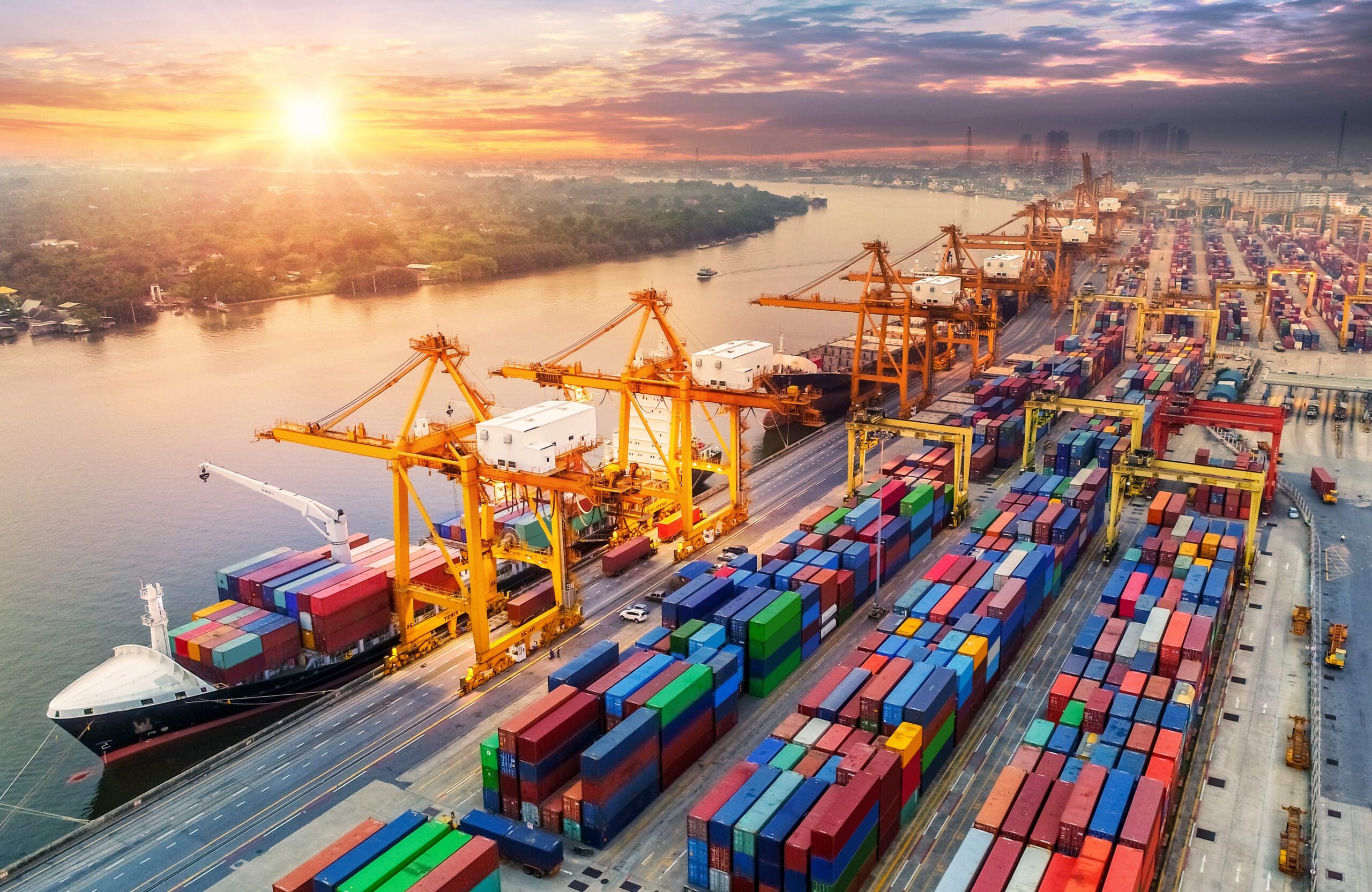Financial risk, navigating complicated laws, and addressing various trade regulations can be just some of the reasons why businesses hesitate to explore international trade opportunities. Many local businesses also think that their operations are too small to be competitive in the international scene.
However, the data shows a different story.
According to the U.S. Chamber of Commerce, “98% of the roughly 300,000 U.S. companies that export are small and medium-sized businesses, and they account for one-third of U.S. merchandise exports. The number of small and medium-sized businesses that export has risen about threefold over the past two decades.” While the apprehension surrounding import and export is understandable, it’s important for businesses to understand that there are multiple trade deals and financing opportunities in place to protect their interests. But, to be able to expand into an international market, businesses often need funding. Let’s talk about import and export financing.
What is import financing?
Importing can be costly. When you decide to venture into the import business, be prepared to navigate through various legal and economic barriers that, more often than not, cost time and money. And, due to the nature of importing, the logistics between the purchase and the delivery of products are bound to introduce a number of changes or alterations to your overall operations and overall cash flow.
Fortunately, there is import financing. Import financing solves these issues by enabling businesses to get cash advances aimed at reducing the impact of importing on a business’ operational expenses. Import finance is a type of funding option offered by lenders to businesses for the purchase of goods from overseas suppliers.
How does import financing work?
Usually, there are three main parties involved in import financing: the importer, the exporter, and the lender. The lender’s primary function is to fund the operation while also minimizing the risk for both the importer and the exporter. When it comes to import financing, a sales agreement must be accepted by all parties in order for the funds to be made available and for the exchange of goods to proceed.
Depending on your agreement with your lender, import financing solutions can also cover other related expenses such as freight and tariffs. In some cases, lenders may even cover up to 100% of the good’s landed cost.
What is export financing?
Export financing is another type of funding that businesses can deploy to bolster their trading capabilities. As opposed to import financing, export financing involves transactions that support the sale of goods to foreign buyers. Primarily, export finance aims to support businesses that want to sell their products to an international market. For those looking to start an exporting business, there are a variety of financing options available that are suitable for businesses that want to meet international demand. But how exactly does it work?
How does export financing work?
Simply put, export financing is a form of asset-based lending that functions as a cash flow solution for exporters. The way export financing works is that lenders advance necessary funding so that exporters can cover their operational expenses while they wait to get paid. As mentioned above, the nature of exporting and importing involves complicated logistics and a lot of waiting — which means there are significant periods where no revenue comes in, pinching a company’s finances. Export financing solves this by letting small businesses borrow money against the amounts due from international customers.
How to get import and export financing?
When it comes to import and export finance, the chances of getting approved for funding vary on a case-by-case basis. Lenders typically look at factors such as personal and business credit scores, business plan, time in business, and other relevant financial documents. Keep in mind that the documents you would have to submit depend on the requirements set by your prospective lender and the type of import or export financing solution that you are trying to acquire.
5 key things to know about import and export financing:
As with all business-related sales transactions, being paid on time is key to keep your operations going. If you are seriously considering import and export finance as a means to fund your international trade operations, then here are five key things you need to know.
- Import and Export Financing vs Other Mainstream Financing Options
Applying for import and export financing does not mean you lack funds —it just means that you are protecting your business against the risks of international trade. Some of these elements include shipping risks, foreign exchange fluctuations, and other hidden fees and tariffs. For businesses applying for more traditional financing options, they’re using funding for expansion operations, hiring more staff, and upgrading current machinery and equipment.
- How do import and export finance contracts differ from conventional ones?
The length of import and export finance contracts are usually shorter and more flexible compared to other conventional financing contracts. However, this still depends on the total loan amount and the repayment terms that have been agreed upon by the lender and the borrower. In transactions with multiple processing phases, repayment terms can be longer and may have a different structure to ensure that the borrower has adequate funding to cover day-to-day expenses.
- What are the different types of import financing?
There are a variety of import financing methods that businesses can choose from based on their unique needs.
- Letter of credit – A letter of credit is considered to be one of the most important aspects of international trade. It is issued by a bank and serves as a guarantee of complete and timely payment of debt to another party. A letter of credit protects both buyers and sellers from multiple risks involved in international trade.
- Bank guarantees – While similar to a letter of credit, bank guarantees are often used to cover payments if a transaction does not go as planned. Bank guarantees are often activated when the other party to the transaction does not fulfill the conditions outlined by the contract.
- Asset-based lending – This refers to loans or lines of credit secured by a business’ assets, such as accounts receivables and inventory. Some of the most common forms of asset-based lending are inventory financing, invoice financing, purchase order financing, and receivables financing.
- What are the different types of export financing?
There are a number of export financing options available to small businesses. The U.S. Government even has loans offered through the Small Business Administration (SBA) and the Export-Import Bank dedicated to financing a business’ exporting needs. Traditional financial institutions such as banks and credit unions also offer their own variety of export financing loans.
Basically, export finance can be categorized into two main classifications: pre-shipment export financing and post-shipment financing.
- Pre-shipment export financing – Pre-shipment export financing is provided by a lender against either a confirmed export order or a letter of credit. Customers receive funds in advance and may be used to pay for operating expenses.
- Post-shipment export financing – Since it takes time to receive payment from buyers, exporters can access post-shipment financing after fulfilling the order of an overseas buyer. Without this type of financing, exporters would have to wait weeks or sometimes even months to receive payment.
How import and export loans can help your small business
The main advantage of import and export finance is that it helps protect your business from the various risks surrounding international trade. Import and export loans also serve as a source of working capital to keep your business and cash flow strong even if payments from your international trade dealings are taking a while to arrive.
Are import and export loans a good fit for your business?
It depends. It’s worth noting that import and export loans are a good option for businesses that do not want their own money tied up in shipments that could take months to arrive. Small businesses, especially those that have been operating for less than a year, often have limited access to traditional loans and other forms of financing. As such, many of these businesses turn to other types of financing such as taking out a term loan from an online lender or crowdfunding.
Are there other alternative financing options for import and export businesses?
One alternative financing option that helps businesses overcome some of the financial strain of import and export schedules is Kickfurther. Kickfurther funds between $20,0000 and $1,000,000 of inventory for product brands selling across any distribution channels. As an importer or exporter, Kickfurther’s funding model accounts for transit periods and solves the delay between paying for inventory and receiving it for sale. Costs begin as low as 1% per month and brands often experience falling costs each successive use of Kickfurther inventory funding. Here’s how it works:
- Brands illustrate a history of proven sales ($150,000 in trailing 12 months)..
- Enter product information, including costs, and supplier information..
- Structure a payment timeline based on your expected sales cycle. With Kickfurther, you don’t begin payments until sales begin.
- Once approved and funded, receive funding in just days..
This model more intuitively fits the cash flow cycles and needs of growing brands and can support faster growth for import and export businesses.









